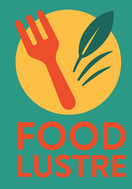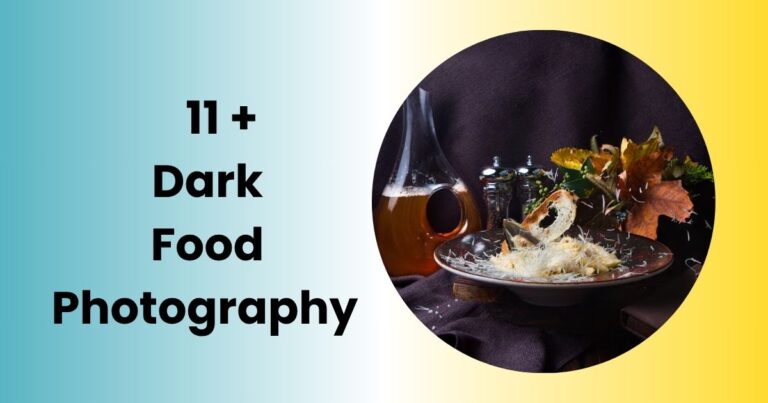How to Do Your Own DIY Food Photography Backdrops 2025
The right backdrop can elevate your food photography from ordinary to extraordinary. In the world of DIY food photography backdrops play a crucial role in setting the mood and enhancing the visual appeal of your culinary creations.
This article will guide you through creative and budget-friendly options for crafting your own stunning backdrops, ensuring that every dish you photograph looks like a work of art. By the end, you’ll be equipped with the skills to transform any meal into an Instagram-worthy masterpiece 2025.
DIY Food Photography Backdrops
When it comes to DIY food photography backdrops, the key lies in the interplay of texture and color. Wooden planks, whether reclaimed or new, can evoke a sense of warmth and authenticity that perfectly complements rustic dishes like homemade bread or hearty stews.
On the other hand, using marble contact paper not only mimics the elegance of high-end dining but also provides a clean, minimalistic canvas that enhances the visual appeal of vibrant ingredients. This duality allows you to tailor your DIY backdrop to suit the mood of your culinary creations, elevating even the simplest meals into art.
Neutral-toned fabrics, particularly those with subtle patterns, can add depth without overwhelming your dish, allowing flavors and colors to shine through. You will discover endless possibilities by mixing and matching these elements for food photography backdrops DIY that can transform your shots into a captivating visual feast.
The Backdrop
In the art of DIY food photography backdrop, the backdrop plays a pivotal role in setting the stage for your culinary creations. A well-chosen backdrop, whether it’s a textured marble surface or a rustic wooden table, can elevate a dish from ordinary to extraordinary.

Lighter-colore backdrops impart a fresh, airy feel, ideal for showcasing vibrant ingredients, while darker options add depth and drama, highlighting the intricate details of a dish. As Michael Paynic notes, the right backdrop creates a visual balance that allows the food to take center stage without becoming distracting.
Vinyl prints offer an innovative solution for those seeking versatility; they can easily be swapped out to match the theme of any occasion, from Thanksgiving feasts to casual dinner parties. Pairing these backdrops with complementary elements like a chic cutting board or an INFRA Recipe Box can enhance the overall composition, drawing attention to the textures and colors of your food.
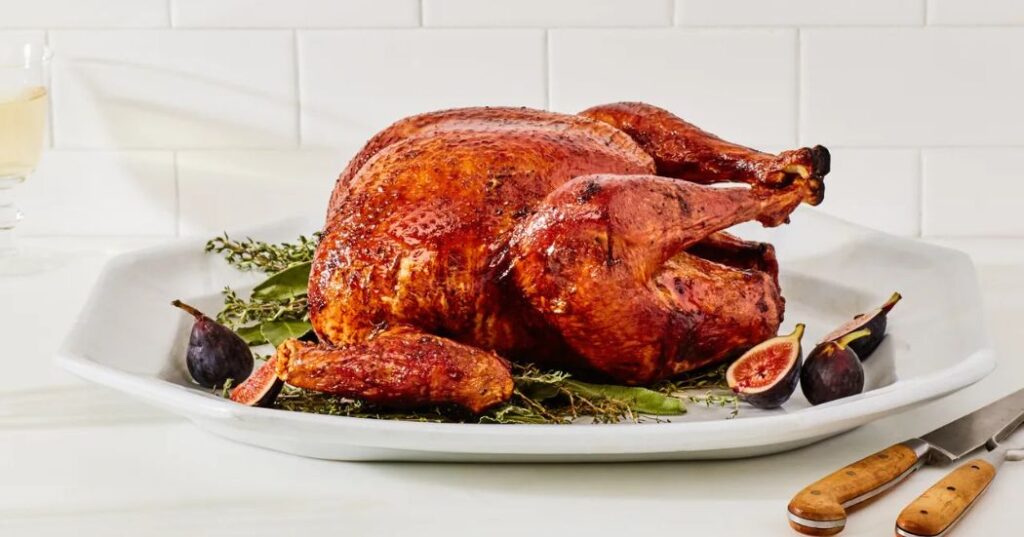
The interplay of light against varied surfaces, whether glossy tiles or matte finishes, further enriches the visual narrative, allowing each dish to shine. In this dynamic world of food styling, every detail counts, and the right backdrop is your canvas, inviting viewers to savor not just the meal but the entire experience.
The Subject
A well-composed food photo can elevate a simple recipe into a visual masterpiece, especially when shared on platforms like Instagram. Imagine a neat arrangement of flatbread topped with vibrant spinach and juicy cherries, creating a striking contrast that draws the eye.
Focusing on patterns and symmetry, you can transform a messy dish into an appetizing centerpiece that not only tantalizes taste buds but also tells a story. The right composition, enhanced by thoughtful garnishes, can set the scene for your catering menu, enticing customers to order from your hot bar.
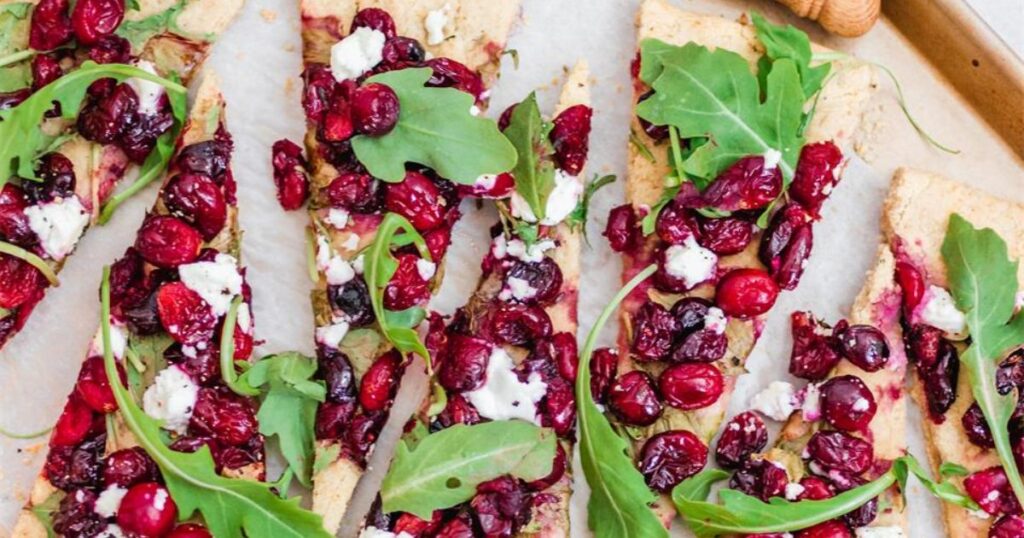
When capturing these moments, consider how a clean plate serves as a canvas for your culinary creations. The interplay of colors and textures in food photos can evoke emotions and cravings, making viewers stop scrolling.
A well-executed promo shot is not about the food, it’s about crafting an experience that resonates with your audience. With each click, you have the power to showcase not just a meal, but a lifestyle, one that celebrates the beauty of fresh ingredients and the joy of dining.
The Arrangement
In the art of food photography, the backdrop plays a crucial role in setting the scene for the subject. Imagine a simple shot of street corn salad, vibrant limes, and a sprinkle of chili flakes arranged on a rustic cutting board.
The addition of a dishcloth draped casually alongside a bread knife adds an organic touch, while crumbs scattered around create a sense of authenticity. This arrangement doesn’t just highlight the dish; it tells a story, inviting viewers into a cozy vibe that feels both inviting and relatable.

The creativity behind incorporating well-placed extras cannot be overstated. A steaming cup of coffee or an open book beside the dish can evoke a sense of comfort and leisure, suggesting that this meal is part of a relaxed afternoon. Health-conscious brands can leverage variations in ingredient packaging, like the eye-catching Health-Ade Pomegranate Kombucha, to enhance their mocktail presentations.
The Execution
Capturing the perfect shot requires a keen eye for detail and an understanding of how natural light plays with your scene. Positioning your setup near a window allows you to harness the soft, diffused brightness that enhances your subject diy food photography. Experimenting with blinds can create striking shadows, adding depth and texture to your composition.
Using a DSLR on a tripod enables you to maintain stability, allowing for precise adjustments in exposure settings. When shooting white dishes, be mindful of overexposure; the balance between light and shadow can transform an ordinary image into an extraordinary one.
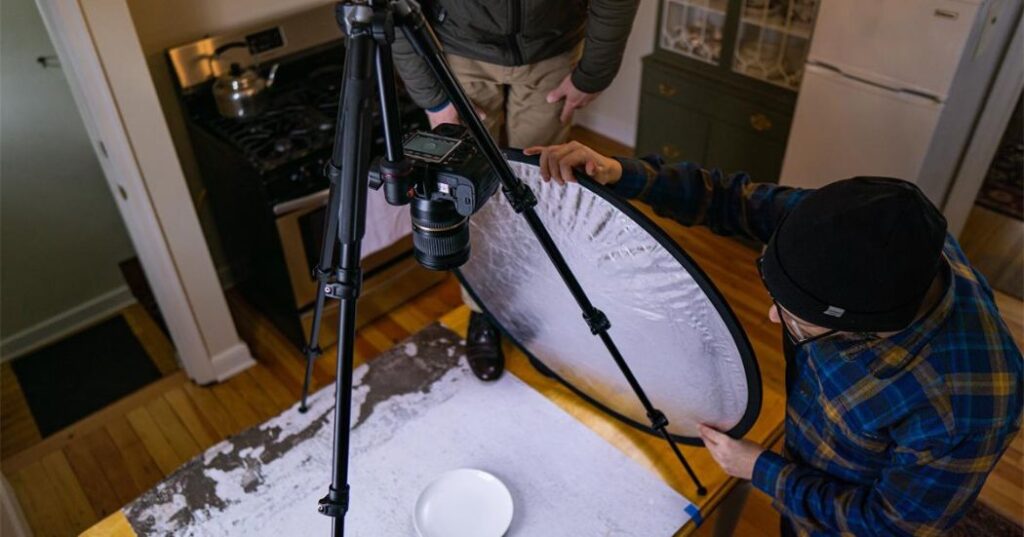
Incorporating a smartphone alongside your DSLR can yield unique perspectives, especially when exploring different camera angles. Top-down shots reveal intricate details that might otherwise go unnoticed. By utilizing a light reflector, you can manipulate the available light to soften harsh shadows, creating a more harmonious scene.
Don’t shy away from photo variations; capturing multiple angles enriches your storytelling and gives viewers a fuller appreciation of your subject. After the shoot, editing becomes the final touch to bring out the best in each shot, ensuring that every nuance of light and shadow works together seamlessly.
The Editing
Editing is the magic that happens in food photography, transforming ordinary shots into stunning visual feasts. A smartphone editor can wield powerful tools to enhance saturation, brightness, and contrast, allowing vibrant colors to pop off the screen.
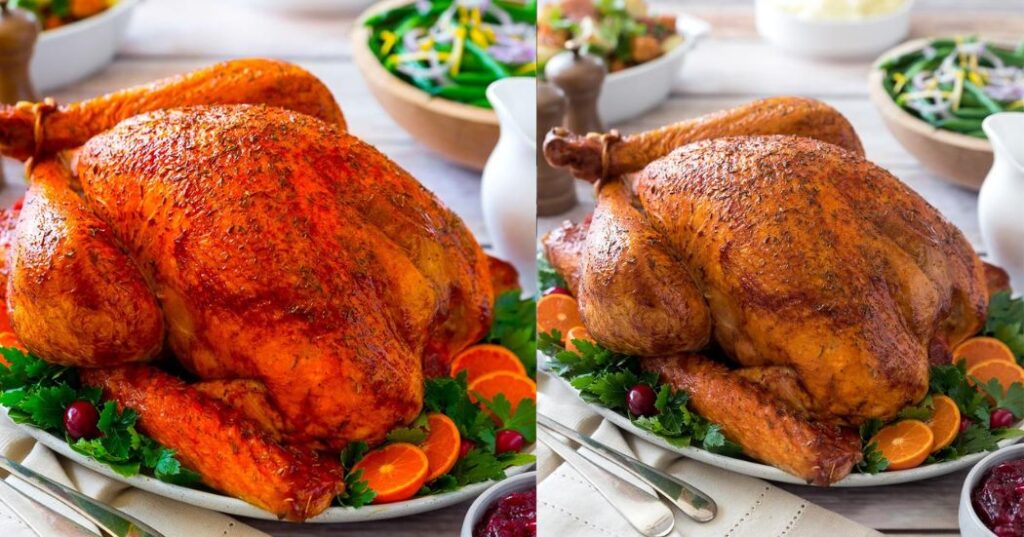
It is essential to strike a balance, oversaturation can turn a beautifully plated dish into an unappetizing spectacle, especially when working with light-colored ingredients like white dishes or creamy sauces. Instead, aim for clarity and detail that highlights the textures of your food, making it irresistibly appealing.
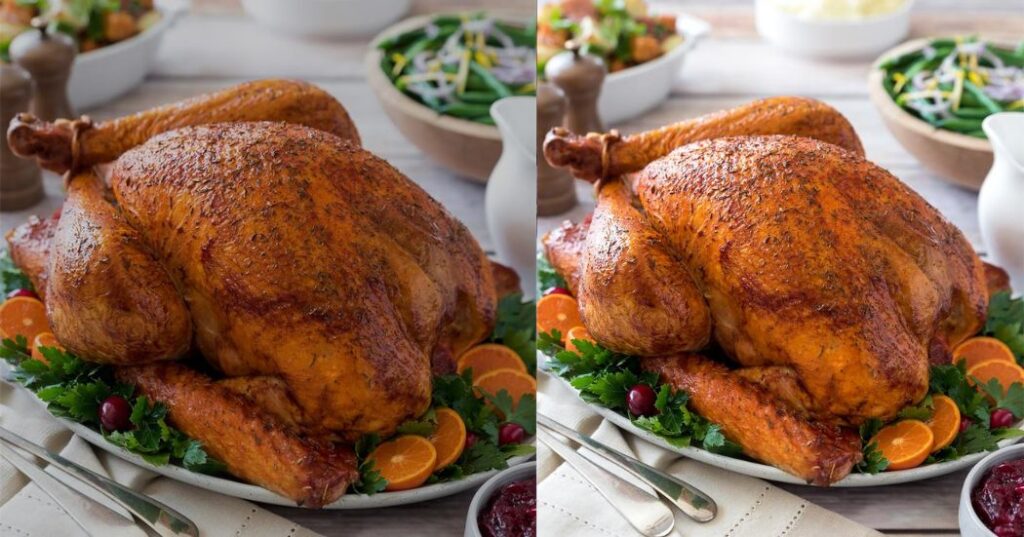
Experimenting with exposure is another key aspect of the editing process. An underexposed image can hide the intricate details of your culinary creations, while a well-adjusted exposure brings out every nuance and makes colors more dynamic. Filters can add a creative touch, but moderation is crucial, too many effects can overshadow the dish itself.
The goal is to create an inviting atmosphere that draws viewers in, making them want to reach through the screen and taste what you’ve captured. With thoughtful adjustments, each edit can elevate your food photography from simple snapshots to mouthwatering masterpieces that resonate on platforms like Instagram.
See Also: Best-Ever Pumpkin Pancakes With Pancake Mix
Conclusion
Creating your own DIY food photography backdrops can elevate your culinary images while allowing for personal expression and creativity.The utilizing materials like wood, fabric, and paper, you can design unique surfaces that complement your dishes beautifully.
Experimenting with textures and colors not only enhances your photos but also makes the process enjoyable and fulfilling. Remember that the key to stunning food photography lies in the details, so take your time to perfect your backdrop.
